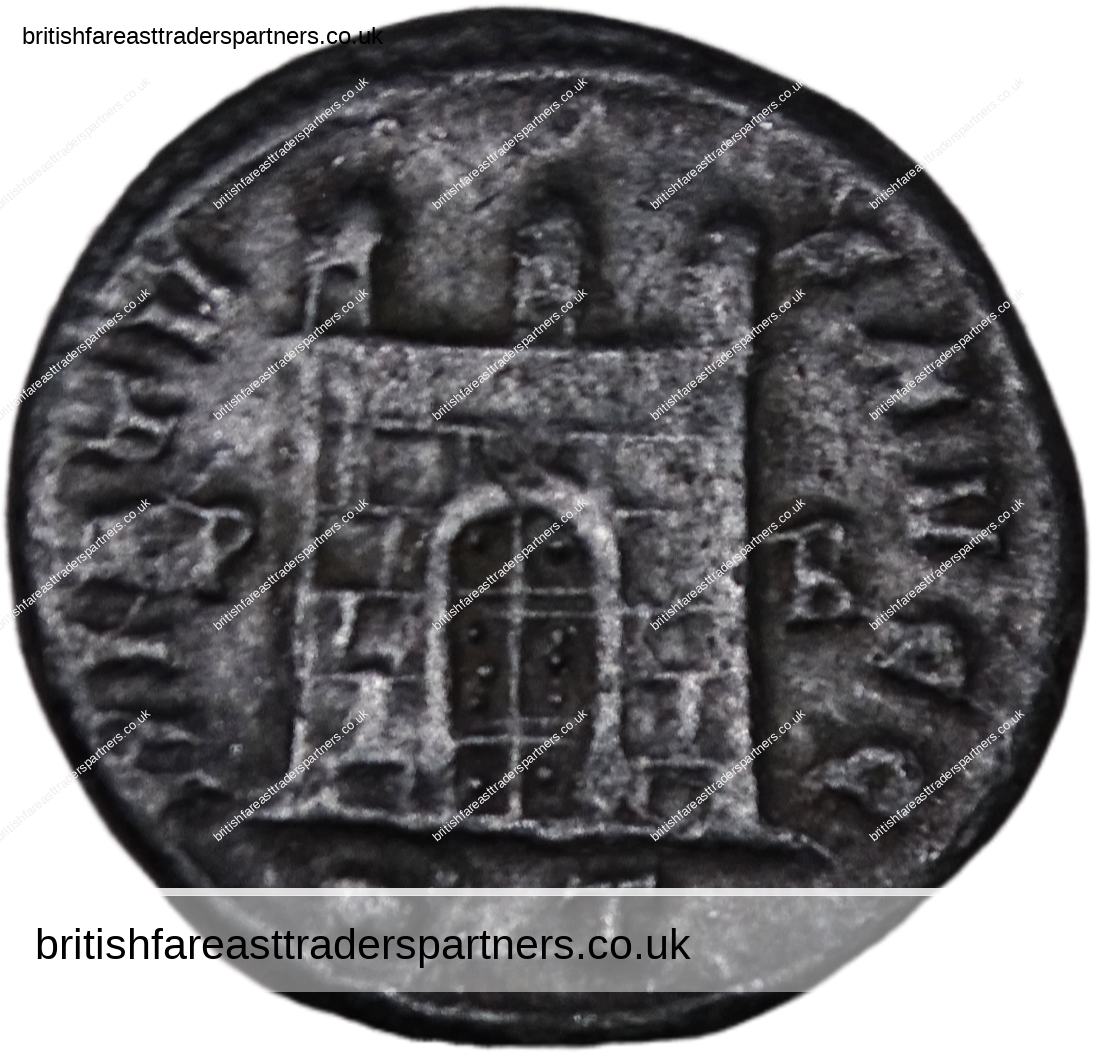Last Updated on: 4th May 2022, 12:09 pm
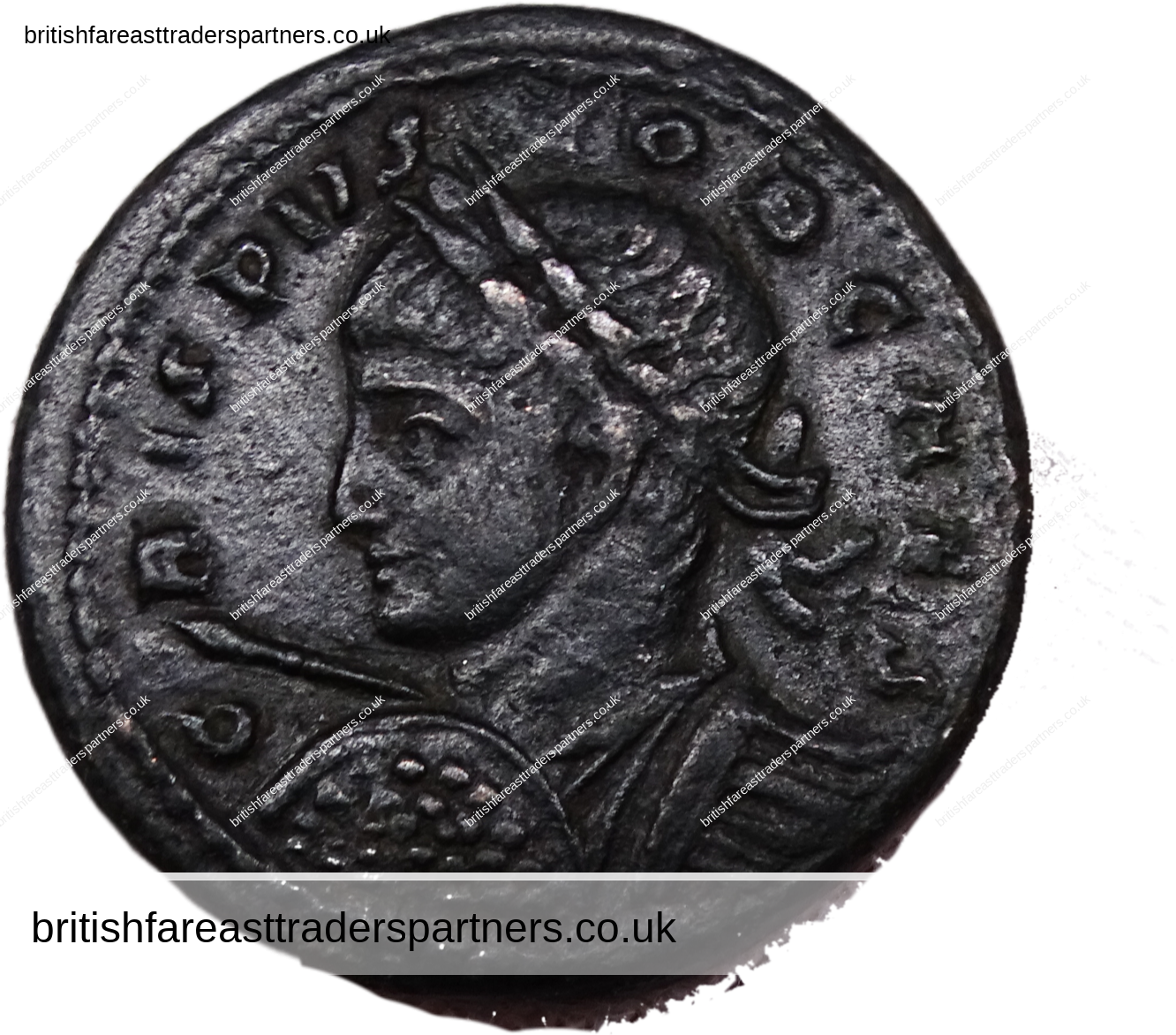
ANCIENT ROMAN EMPIRE “Emperor Flavius Julius CRISPUS” ROMAN MINT BILLON COIN
- britishfareasttraderspartners_admin
- ANCIENT, COINS / BUTTONS, COLLECTABLES / COLLECTIBLES, CULTURE, HERITAGE, HISTORY, HOBBIES / PASTIMES, INVESTING / INVESTMENTS, NUMISMATICS, ROME / ROMAN
- ANCIENT, ANTIQUITIES, BILLON (METAL ALLOY), BYZANTINE EMPIRE, CAESAR, Coins, Collectables / Collectibles, CONSTANTINE THE GREAT, EMPEROR FLAVIUS JULIUS CRISPUS, EMPERORS, empires, History, JUNIOR EMPEROR, NUMISMATIC, ROMAN, Rome, SORRY SOLD OUT!
ANCIENT ROMAN EMPIRE BILLON METAL ALLOY COIN
“EMPEROR FLAVIUS JULIUS CRISPUS”
CAESAR Flavius Julius Crispus
Junior Emperor of CONSTANTINE THE GREAT
BYZANTINE EMPIRE | ANCIENTS / ANTIQUITIES | HISTORY |
COLLECTABLES | COINS & COINAGE | NUMISMATICS |
CULTURE | CIVILIZATIONS |
HERITAGE | ROMAN EMPIRE | EMPERORS
LITERATURE
Flavius Julius Crispus (/ˈkrɪspəs/; c. 295 – 326)
was the eldest son of the Roman emperor Constantine the Great
and his junior emperor (caesar)
from March 317 until his execution by his father in 326.
The grandson of the augustusConstantius I,
Crispus was the elder half-brother of the future augustusConstantine II
and became co-caesar with him and with his cousin Licinius II at Serdica,
part of the settlement ending the Cibalensean War
between Constantine and his father’s rival Licinius I.
Crispus ruled from Augusta Treverorum (Trier) in Roman Gaul
between 318 and 323
and defeated the navy of Licinius I at the Battle of the Hellespont in 324,
which with the land Battle of Chrysopolis won by Constantine
forced the resignation of Licinius and his son, l
eaving Constantine the sole augustus
and the Constantinian dynasty in control of the entire empire.
It is unclear what was legal status of the relationship
Crispus’s mother Minervina had with Constantine;
Crispus may have been an illegitimate son.
Crispus’s tutor in rhetoric was the Late Latin historian of Early Christianity,
Lactantius. Crispus may be the young prince depicted on the Gemma Constantiniana,
a great cameo depicting Constantine and his wife Fausta,
though the depiction may instead be of Fausta’s own son,
the future augustusConstantius II.
While at Augusta Treverorum,
Crispus’s praetorian prefect for the prefecture of Gaul
was the great Junius Annius Bassus.
After his elevation to imperial rank,
at which point he was also entitled princeps iuventutis (“Prince of Youth”),
the Latin rhetorician Nazarius composed a panegyric
preserved in the Panegyrici Latini,
which honoured Crispus’s military victories over the Franks in c. 319.
Crispus was three times Roman consul,
for the years 318, 321, and 324.
Within two years of the defeat and surrender of Licinius,
Constantine had not only put his brother-in-law and former co-augustus to death,
but also executed his nephew Licinius II,
the son of his sister Flavia Julia Constantia.
According to the Latin histories of Ammianus Marcellinus and Aurelius Victor,
after a trial whose real circumstances are mysterious,
Constantine executed Crispus at Pola (Pula) in 326.
Fausta, whose son Constantius II became caesar in November 324,
was also put to death,
and the Late Greek historian Zosimus
and the Byzantine Greek writer Joannes Zonaras
wrote that Constantine had accused Crispus of incest with his stepmother.
After his death, Crispus was subjected to damnatio memoriae.
SOURCE:
Text is available under the
Creative Commons Attribution-ShareAlike License;
additional terms may apply.
SORRY SOLD OUT!
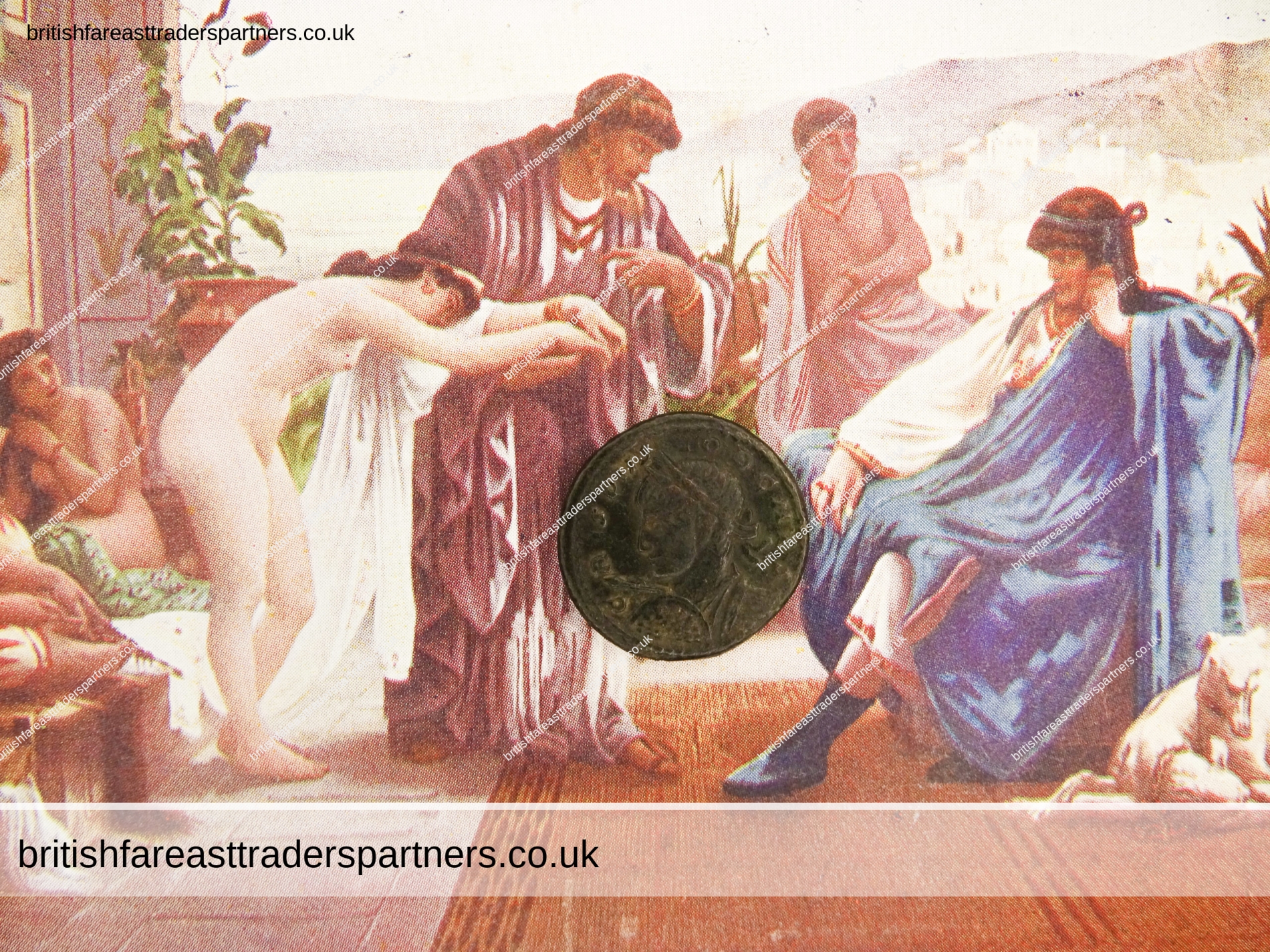
BRITISH & FAR EAST TRADERS LIFESTYLE & SHOPPING BLOG RELATED POSTS:
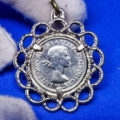 VINTAGE 1953 QUEEN ELIZABETH II SIXPENCE GREAT BRITAIN COIN SILVERTONE PENDANT
VINTAGE 1953 QUEEN ELIZABETH II SIXPENCE GREAT BRITAIN COIN SILVERTONE PENDANT
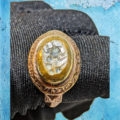 ANCIENT POST MEDIEVAL ISLAMIC GOLDEN SEAL SCORPION ON AGATE INTAGLIO RING
ANCIENT POST MEDIEVAL ISLAMIC GOLDEN SEAL SCORPION ON AGATE INTAGLIO RING
 ANTIQUE VICTORIAN HAND PAINTED BLACK PRETTY FLORALS GILT STONEWARE TEA POT
ANTIQUE VICTORIAN HAND PAINTED BLACK PRETTY FLORALS GILT STONEWARE TEA POT
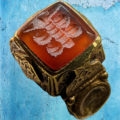 ANCIENT POST MEDIEVAL ISLAMIC GOLDEN SEAL REDDISH GEMSTONE INTAGLIO RING
ANCIENT POST MEDIEVAL ISLAMIC GOLDEN SEAL REDDISH GEMSTONE INTAGLIO RING
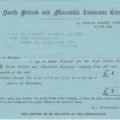 ANTIQUE 1915 DIVIDEND STATEMENT ‘THE NORTH BRITISH & MERCANTILE INSURANCE CO.’
ANTIQUE 1915 DIVIDEND STATEMENT ‘THE NORTH BRITISH & MERCANTILE INSURANCE CO.’
 VINTAGE “LANCASTER LOW OVERHEAD” ROYAL DOULTON ENGLAND COLLECTABLE PLATE
VINTAGE “LANCASTER LOW OVERHEAD” ROYAL DOULTON ENGLAND COLLECTABLE PLATE
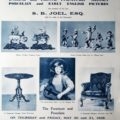 VINTAGE PRINT ADVERTISING MESSRS. CHRISTIE , MANSON & WOODS AUCTION ANNOUNCEMENT THE IMPORTANT COLLECTION OF ENGLISH & FRENCH FURNITURE, MEISSEN PORCELAIN, AND EARLY ENGLISH PICTURES PROPERTY OF THE LATE S.B. JOEL, ESQ. GREAT ROOMS, 8 KING STREET, ST. JAMES’S LONDON, S.W.1 FRIDAY, MAY 31, 1935 THE ILLUSTRATED LONDON NEWS ANTIQUARIAN & COLLECTABLES | ADVERTISING | PRINTS | PAPER & EPHEMERA | ENGLAND | HERITAGE | UNITED KINGDOM
VINTAGE PRINT ADVERTISING MESSRS. CHRISTIE , MANSON & WOODS AUCTION ANNOUNCEMENT THE IMPORTANT COLLECTION OF ENGLISH & FRENCH FURNITURE, MEISSEN PORCELAIN, AND EARLY ENGLISH PICTURES PROPERTY OF THE LATE S.B. JOEL, ESQ. GREAT ROOMS, 8 KING STREET, ST. JAMES’S LONDON, S.W.1 FRIDAY, MAY 31, 1935 THE ILLUSTRATED LONDON NEWS ANTIQUARIAN & COLLECTABLES | ADVERTISING | PRINTS | PAPER & EPHEMERA | ENGLAND | HERITAGE | UNITED KINGDOM
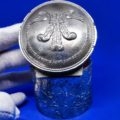 VINTAGE 1981 HRH THE PRINCE OF WALES & LADY DIANA SPENCER Jewellery Trinket BOX
VINTAGE 1981 HRH THE PRINCE OF WALES & LADY DIANA SPENCER Jewellery Trinket BOX
 VINTAGE “VICTORIAN Double Handled VASE” on YELLOW GROUND ROMANTIC COUNTRY LIFE
VINTAGE “VICTORIAN Double Handled VASE” on YELLOW GROUND ROMANTIC COUNTRY LIFE
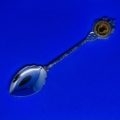 VINTAGE “FRAE BONNIE SCOTLAND” THISTLE COLLECTABLE SOUVENIR SPOON
VINTAGE “FRAE BONNIE SCOTLAND” THISTLE COLLECTABLE SOUVENIR SPOON
 2020 VE-DAY VICTORY ELIZABETH II GIBRALTAR ONE CROWN COLLECTABLE COIN
2020 VE-DAY VICTORY ELIZABETH II GIBRALTAR ONE CROWN COLLECTABLE COIN
 2019 WWII 1939-1945 ELIZABETH II GIBRALTAR ONE CROWN COLLECTABLE COIN
2019 WWII 1939-1945 ELIZABETH II GIBRALTAR ONE CROWN COLLECTABLE COIN
 DAYS OUT IN UNITED KINGDOM: PLACES OF INTEREST in WEST SUSSEX, ENGLAND: A SERIES OF PHOTOGRAPHIC BLOG: ARUNDEL CASTLE GARDENS : A WORLD HERITAGE SITE : HERITAGE | ART | HISTORY | TOPOGRAPHY | TOURISM | TRAVEL | ARCHITECTURE | ARISTOCRACY | CULTURE
DAYS OUT IN UNITED KINGDOM: PLACES OF INTEREST in WEST SUSSEX, ENGLAND: A SERIES OF PHOTOGRAPHIC BLOG: ARUNDEL CASTLE GARDENS : A WORLD HERITAGE SITE : HERITAGE | ART | HISTORY | TOPOGRAPHY | TOURISM | TRAVEL | ARCHITECTURE | ARISTOCRACY | CULTURE
 VINTAGE 1999 MARIANNE REPUBLIQUE FRANCAISE 1 EURO CENT COPPER PLATED STEEL COIN
VINTAGE 1999 MARIANNE REPUBLIQUE FRANCAISE 1 EURO CENT COPPER PLATED STEEL COIN
 VINTAGE 2000 MARIANNE REPUBLIQUE FRANCAISE 2 EURO CENT COPPER PLATED STEEL COIN
VINTAGE 2000 MARIANNE REPUBLIQUE FRANCAISE 2 EURO CENT COPPER PLATED STEEL COIN
 VINTAGE 2003 MARIANNE REPUBLIQUE FRANCAISE 2 EURO CENT COPPER PLATED STEEL COIN
VINTAGE 2003 MARIANNE REPUBLIQUE FRANCAISE 2 EURO CENT COPPER PLATED STEEL COIN
 DISNEY ELSA (FROZEN) THE A-Z COLLECTION Encapsulated COLLECTABLE COIN
DISNEY ELSA (FROZEN) THE A-Z COLLECTION Encapsulated COLLECTABLE COIN
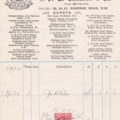 Antique 1902 F.B. Cameron & Co. Coal Merchants Pancras Road LONDON Invoice
Antique 1902 F.B. Cameron & Co. Coal Merchants Pancras Road LONDON Invoice
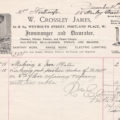 ANTIQUE 1902 “W. CROSSLEY JAMES” IRONMONGER & DECORATOR Portland Place INVOICE
ANTIQUE 1902 “W. CROSSLEY JAMES” IRONMONGER & DECORATOR Portland Place INVOICE
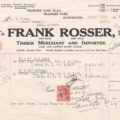 VINTAGE 1931 “FRANK ROSSER” TIMBER MERCHANT & IMPORTER Trafford Park INVOICE
VINTAGE 1931 “FRANK ROSSER” TIMBER MERCHANT & IMPORTER Trafford Park INVOICE

